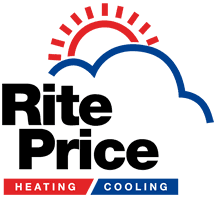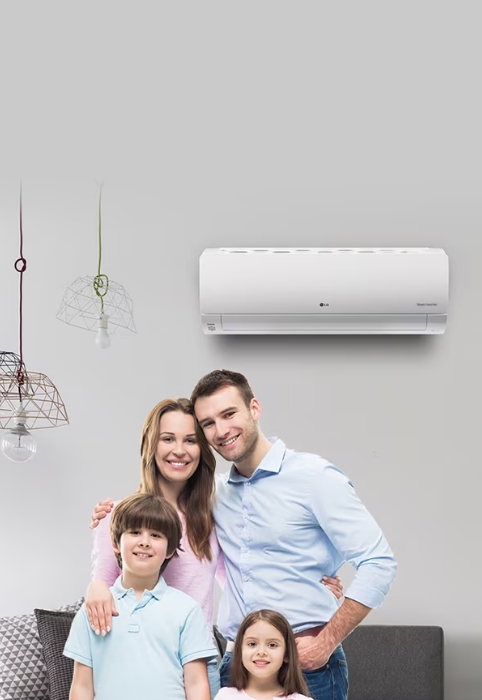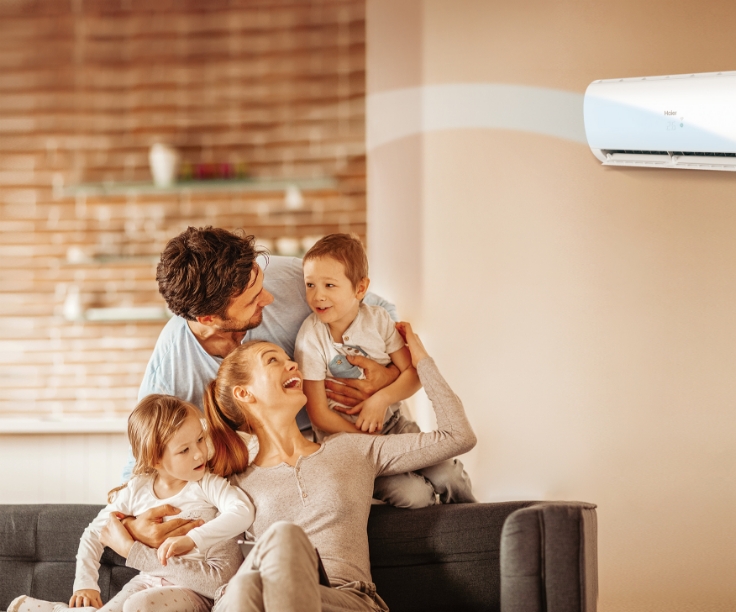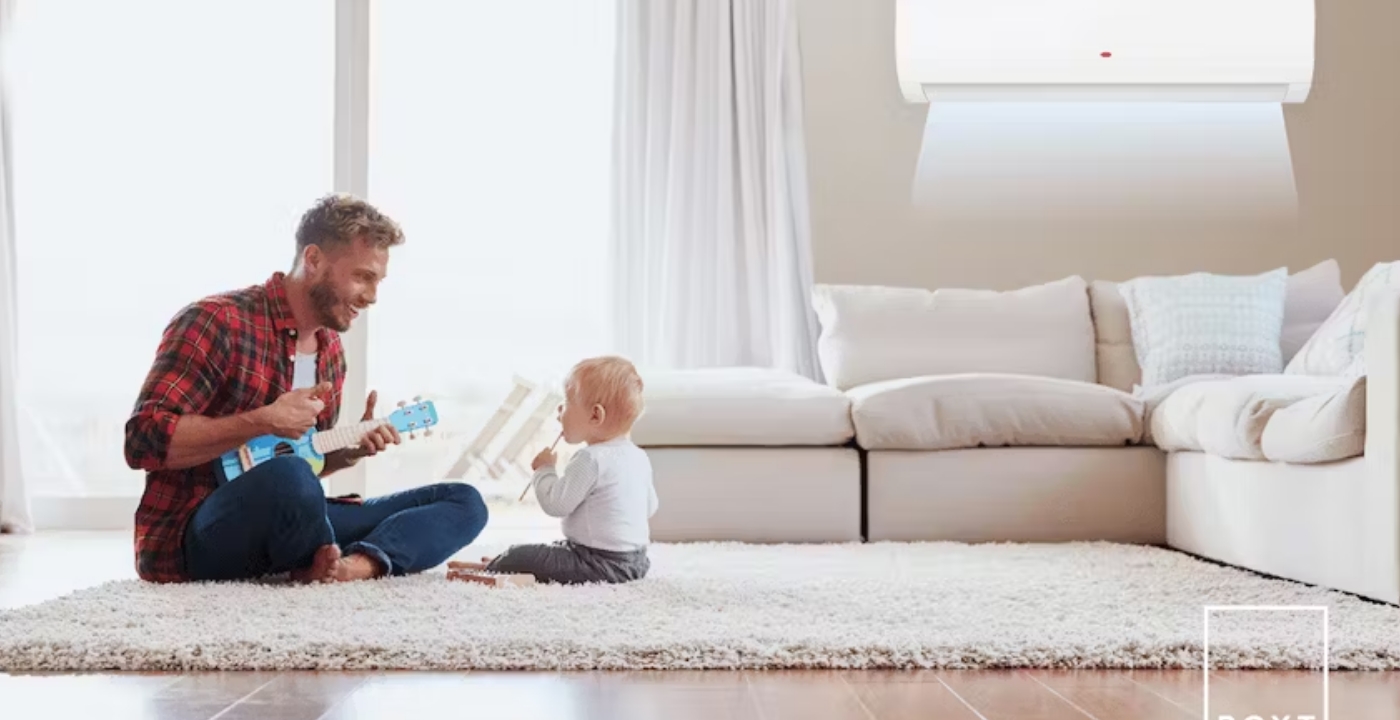How to Zone Your Ducted Air System for Comfort & Savings
Zoning Your Ducted Air System for Comfort and Savings in Australia
In Australia’s diverse climate, where summers can soar above 40°C and winters drop to freezing in some regions, maintaining a comfortable indoor environment year-round is more than a luxury—it’s a necessity. Ducted air conditioning has emerged as a powerful solution, offering whole-home temperature control through a single, centralized system. But while a standard ducted air conditioning system can effectively manage comfort levels, integrating zoning adds a layer of personalization and efficiency that transforms how Australian homeowners experience indoor climate control. Zoning allows for the separation of your home into distinct areas—each with its own individual temperature controls—providing not only enhanced comfort but also meaningful reductions in energy usage and utility costs. This comprehensive guide explores the benefits, technologies, and practical considerations surrounding ducted air conditioning zoning in Australia, with focused insights into its implementation in Adelaide and Victoria.
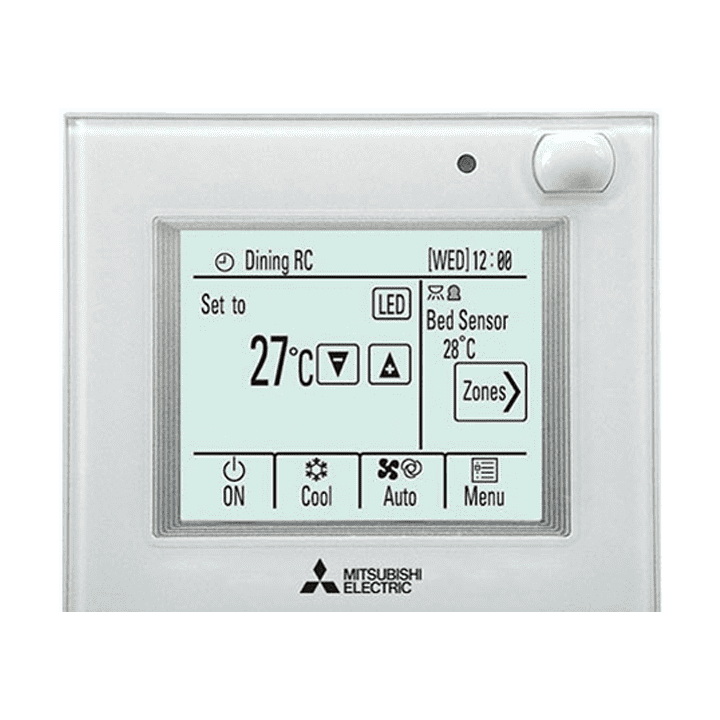
Understanding the Basics of Ducted Air Conditioning Zoning
Zoning a ducted air conditioning system means dividing your home into areas like bedrooms, living rooms, or individual spaces.
Each zone can be independently heated or cooled, offering tailored comfort based on when and how each space is used.
Zoning uses dampers—mechanical valves inside the ductwork—that open or close to control airflow to each selected zone.
These dampers are managed by a zone control system, which communicates with the air conditioner to direct air where needed.
Instead of cooling the entire home equally, zoning lets you adjust temperatures only in the rooms you actually use.
During hot days, cool just the living areas; at night, shift cooling to the bedrooms for energy-smart climate control.
This approach reduces workload on your air conditioner, cuts down electricity usage, and helps the system last longer.
Zoning enhances comfort, lowers bills, and maximizes efficiency—all while giving you full control over your home’s climate settings.
The Strategic Importance of a Constant or Spill Zone
Modern zoned systems also require a “constant” or “spill” zone—an area that always receives airflow when the system is operating. This feature ensures that air pressure doesn’t build up within the ducts if all other zones are closed. Most homeowners opt to designate open-plan areas like hallways or living rooms as their constant zone, helping to maintain a balanced and safe airflow system. Strategically placing your constant zone in a high-traffic area also ensures base-level comfort throughout the home.
Key Benefits of Zoning in Australian Homes
Energy Efficiency and Lower Utility Bills
One of the strongest arguments for zoning is its ability to slash energy usage. Without zoning, your ducted system conditions the entire home regardless of whether rooms are occupied. Zoning eliminates this waste by allowing users to cool or heat only the zones they’re actively using. For large homes, multi-storey layouts, or households with varying occupancy patterns, this can lead to dramatic reductions in electricity bills.
Zoning can also enable the installation of smaller-capacity systems since the system never needs to run at full load across the entire home. This not only cuts upfront costs but also reduces long-term maintenance.
Custom Comfort for Every Room
Zoning solves one of the most common problems with traditional systems: uneven temperature distribution. Sun-exposed rooms, upstairs bedrooms, or poorly insulated spaces often feel warmer or cooler than others. With zoning, you can adjust the temperature in each zone based on its conditions and usage patterns. This customization is especially valuable in family homes where individuals may have different temperature preferences.
System Longevity and Operational Efficiency
By limiting the system’s workload to only the zones in use, zoning reduces wear and tear on the compressor, fan motors, and ductwork. This not only extends the lifespan of the unit but also improves reliability and reduces the frequency of costly repairs. Over time, these savings can offset the initial cost of installing a zoning system.
Ducted Air Conditioning in Adelaide
In Adelaide, where summers often stretch into the high 30s and winters dip low enough to justify heating, the advantages of zoning in ducted air conditioning are particularly pronounced. Many Adelaide homes feature open-plan designs and multiple bedrooms that may not require constant temperature control. Zoning allows homeowners to cool the kitchen and living room during hot afternoons without unnecessarily chilling unoccupied guest bedrooms. At night, the system can shift focus to bedrooms, promoting restful sleep without overburdening the compressor. Additionally, Adelaide residents are increasingly turning to smart controllers that allow remote zone control via mobile apps, ideal for managing energy usage during peak electricity pricing hours. Given South Australia’s ongoing push toward renewable energy and energy efficiency, zoning is a future-proof upgrade that aligns well with both personal comfort and sustainability goals.
Ducted Air Conditioning in Victoria
In Victoria, the weather is notoriously variable. Homeowners in Melbourne, Geelong, and surrounding areas often experience four seasons in a single day, making precise climate control crucial. Victorian homes, which often feature heritage architecture or older insulation standards, benefit immensely from zoned ducted air conditioning systems. Zoning enables temperature customization for areas with differing thermal characteristics—such as sun-facing lounges or cool basement areas—ensuring consistent comfort throughout the day. During winter, heating can be limited to the living room during the day and bedrooms at night, reducing gas or electricity usage. In summer, rooms that stay cooler naturally due to shading can be excluded from cooling zones, lowering overall energy expenditure. For larger Victorian homes with two or more storeys, zoning also helps mitigate the natural heat rise that makes upstairs bedrooms uncomfortably hot without dedicated cooling. Zoning empowers Victorians to optimize their energy usage without sacrificing comfort, even amid rapidly changing weather conditions.
Available Zoning Technologies in Australia
Australian homeowners have a range of zoning technologies to choose from:
- Standalone Zone Controllers: These operate only the dampers and require a separate control for the air conditioning unit. Basic but effective for simple needs.
- Integrated Manufacturer Controllers: These systems combine air conditioning and zoning controls into one interface. Many now include Wi-Fi functionality.
- Smart Zoning Systems: Leading the market, smart systems such as AirTouch and MyAir allow remote operation, scheduling, and temperature control by individual room, all from a smartphone or tablet.
- Manual Switches: While outdated, these can still be found in some budget-conscious retrofits, offering manual on/off control for each zone.
Planning Your Zoning System: What to Consider
Home Layout and Ducting Length
The physical design of your home—its floorplan, ceiling height, and ducting distance—affects zoning performance. Long duct runs to distant zones may require pressure adjustment or booster fans to maintain efficiency. Grouping rooms with similar temperature needs and proximity can simplify installation and optimize results.
Occupancy Patterns
Identify when each room in your home gets used. You likely leave bedrooms empty during the day and living rooms at night. Design your zoning system to match your family’s daily routine. This approach boosts comfort and cuts unnecessary energy use.
Natural Light and Heat Load
Rooms that receive afternoon sun heat up faster than shaded areas. By placing them in separate zones, you can adjust airflow accordingly, ensuring balanced indoor temperatures.
Constant Zone Requirements
As a system safety mechanism, your constant zone should be centrally located, ideally in an open-plan area. This zone ensures the system has somewhere to direct airflow at all times, preventing pressure build-up in the ducts.
Retrofitting Zoning to Existing Systems
If you already have a ducted system, adding zoning is possible, though it involves both mechanical and electrical updates. Dampers will need to be installed inside existing ducts, and a compatible zone controller must be integrated with your current air conditioner. Before proceeding, an HVAC technician should assess:
- The capacity of your existing air conditioner
- The number of zones your system can support
- The condition and accessibility of existing ductwork
Retrofitting may require an upgrade to a larger capacity system or additional duct branches if the current layout is not conducive to zoning. Despite upfront costs, the long-term savings in energy and improved comfort often justify the investment.
Cost Breakdown and Financial Considerations
Installing a ducted air conditioning system with zoning typically costs between $6,000 to $25,000, depending on home size, system capacity, and level of technological integration. Adding zoning to an existing system can cost anywhere from $2,000 to $7,000, depending on:
- Number of zones added
- Brand and model of zone controller
- Labour and ductwork modifications required
Smart controllers like MyAir or AirTouch can add an additional $1,000 to $1,500, but they offer long-term value through energy monitoring, app control, and more precise comfort management. Individual temperature sensors (about $150 each) can further enhance performance by measuring room conditions instead of relying on a central thermostat.
Financing options are often available, and homeowners may also explore rebates or energy-efficiency grants depending on their state or local government.
Long-Term Impact: Savings, Sustainability, and Satisfaction
Over time, the benefits of zoning compound. Lower utility bills, improved comfort, and system durability all contribute to a superior homeowner experience. Families with diverse comfort preferences or varying schedules particularly benefit from being able to customize climate control on demand. Furthermore, Australian homeowners now expect zoning systems—especially smart-enabled ones—in both new builds and modern renovations as homes become greener.
✅ Rebates in Adelaide (South Australia)
In South Australia, homeowners may qualify for incentives under the Retailer Energy Productivity Scheme (REPS). This scheme encourages energy-efficient upgrades, including the installation of high-efficiency air conditioning systems.
- REPS Rebates: Rebates are typically offered for energy-efficient appliances, including ducted air conditioning systems with zoning functionality.
- Eligibility: To qualify, installation must be completed by a REPS-approved provider, and the air conditioning unit must meet minimum efficiency standards.
- Smart Controller Incentives: Additional rebates may apply when systems include smart zoning or Wi-Fi-enabled thermostats, improving energy management.
You can visit the South Australian Government’s Energy Saving website or contact REPS-accredited installers for current rebate amounts and qualifying products.
✅ Rebates in Victoria
Victoria offers some of the most comprehensive support for energy-efficient upgrades through the Victorian Energy Upgrades (VEU) program.
- VEU Program: Homeowners and landlords can access significant rebates for installing high-efficiency ducted air conditioning systems, especially if they replace older, less efficient systems.
- Smart Zoning Add-ons: While the base rebate typically applies to the HVAC unit, extra incentives may be available for systems equipped with smart zoning capabilities, since these contribute to reduced energy use.
- Low-income households may be eligible for additional support, sometimes covering up to 50–80% of system and installation costs.
For more accurate and up-to-date information, visit the Victorian Energy Saver website and use their eligibility tool.
✅ Australia-Wide Incentives and Trends
Although rebates vary by state, federal policies also support energy-efficient technologies in the home:
- Small-scale Renewable Energy Scheme (SRES): While primarily for solar, homes with integrated smart home systems—including HVAC zoning—can leverage this when combined with solar or battery installations.
- Green Loans and Finance Options: Some financial institutions offer low-interest loans or payment plans for homeowners investing in green technologies, including smart zoning ducted systems.
- Home Energy Rating Scheme (NatHERS): Installing zoning can improve your home’s energy rating, potentially adding to property value and resale appeal.
Final Tips to Maximize Your Rebate
- Use an Accredited Installer: Only work with certified HVAC professionals who are part of REPS or VEU-approved programs.
- Get Multiple Quotes: Rebates often vary by provider, and some installers can offer point-of-sale discounts, reducing upfront costs immediately.
- Ask About Smart Controllers: If you’re installing a ducted system with zoning, opt for smart controllers like MyAir or AirTouch—these often qualify for additional rebates or discounts.
- Bundle Upgrades: Consider upgrading insulation or installing solar PV alongside your air conditioning project to access broader incentives.
Conclusion: Why Zoning is a Smart Investment for Australian Homes
Zoning your ducted air conditioning system is not just a technological upgrade—it’s a lifestyle improvement. From the sun-drenched suburbs of Adelaide to the seasonally unpredictable neighborhoods of Victoria, Australian homeowners are discovering the powerful benefits of zoning: enhanced comfort, lower energy bills, and smarter climate control. Whether you’re installing a new system or enhancing an existing one, zoning offers one of the best returns on investment for modern Australian living.
By working with a qualified HVAC specialist, you can tailor a zoning solution to your home’s unique layout, usage patterns, and regional climate needs. And with the availability of smart systems and integrated controls, achieving personalized, efficient comfort has never been easier—or more accessible.
Ready to Upgrade to Zoned Ducted Air Conditioning?
If you’re looking to maximize comfort, minimize energy bills, and take advantage of government rebates available in South Australia and Victoria, now is the perfect time to install a zoned ducted air conditioning system. Whether you’re building a new home, renovating, or upgrading your current system, zoning gives you full control over your indoor climate—room by room.
We recommend speaking with the experts at Rite Price Heating & Cooling, South Australia’s trusted name in climate control. With decades of experience, they offer tailored ducted air conditioning solutions, energy-efficient options, and smart zoning systems that align perfectly with REPS rebates and long-term energy savings.
Learn more about their ducted air conditioning systems here and request a free, no-obligation quote to see how zoning can transform your home.
Don’t wait until the next heatwave—optimize your comfort and energy efficiency today with a system that’s built for Australian living.
